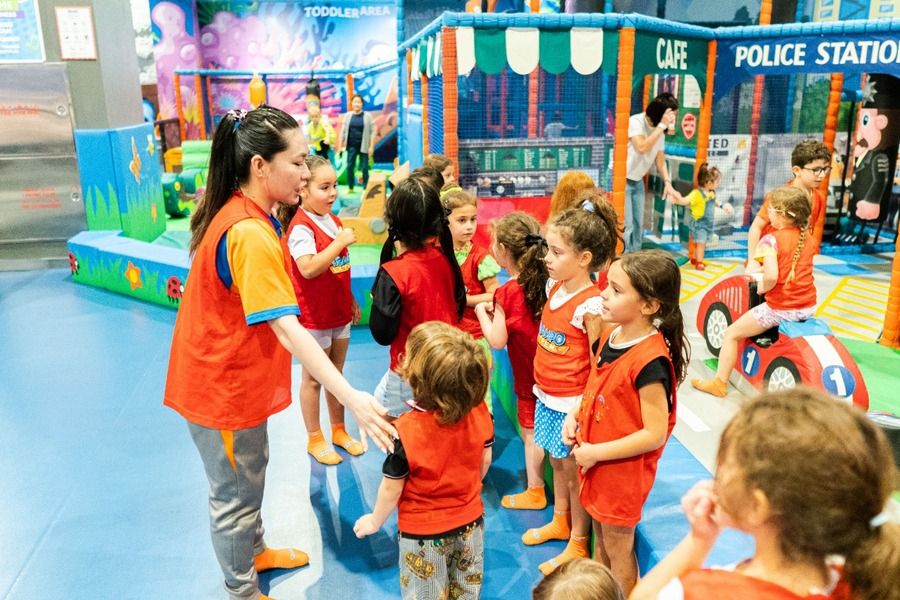How Soft Play Centers Spark Creativity in Children?

Soft play centers
have become increasingly popular destinations for children seeking fun,
adventure, and social interactions. Beyond being a place for physical activity,
these vibrant and colorful environments also serve as fertile grounds for
sparking creativity in young minds. Browse the article and discover how these
areas offer a myriad of opportunities for children to unleash their
imagination, foster cognitive development, and encourage creative thinking.
Unstructured
Play and Imagination
Soft play centers are designed to provide unstructured play
opportunities where children can explore, create, and invent without rigid
guidelines or predetermined outcomes. This lack of formal structure allows kids
to embrace their curiosity and imagination fully. In these open-ended play
spaces, children can transform the simplest elements, such as foam blocks,
climbing structures, and tunnels, into magical worlds, acting as heroes,
adventurers, or architects of their play.
Sensory
Stimulation
The areas often
incorporate multi-sensory elements into their setups, engaging children's
senses of touch, sight, sound, and sometimes even smell. These sensory-rich
environments encourage creative thinking as children process information from
various stimuli, helping them build connections between different concepts and
experiences. Through sensory stimulation, kids can explore new perspectives,
which may lead to innovative ideas and imaginative play scenarios.
Role-Playing
and Storytelling
Such centers
often include themed play areas. The imaginative settings encourage children to
engage in role-playing and storytelling, where they can take on different
personas and create narratives. As they step into the shoes of their chosen
characters, kids develop empathy, problem-solving skills, and the ability to
think from diverse perspectives.
Collaboration
and Social Creativity
Soft play centers
are conducive to social interactions, as children often play in groups or
pairs. Collaborative play fosters social creativity, where kids learn to
exchange ideas, negotiate, and compromise to build shared play scenarios.
Working together on pretend adventures or constructing elaborate structures
helps children develop teamwork and communication skills, enhancing their
creative abilities in a social context.
Problem-Solving
and Critical Thinking
The areas often
present challenges that require problem-solving and critical thinking. Whether
navigating through obstacle courses or figuring out the best way to build a
structure, children are encouraged to experiment, evaluate, and adjust their
approaches. This process of trial and error instills a growth mindset, wherein
children view failures as opportunities to learn and improve, ultimately
nurturing their creative problem-solving skills.
Conclusion
Soft play centers
offer far more than just physical entertainment; they are veritable playgrounds
for creativity and imaginative exploration. The experience lays the foundation
for a lifetime of innovative thinking and fosters a deep appreciation for
imagination and playfulness in all aspects of kids' life. As parents,
caregivers, and educators, supporting and encouraging children's engagement in
these creative areas can lead to a future generation of innovative thinkers and
imaginative dreamers.

